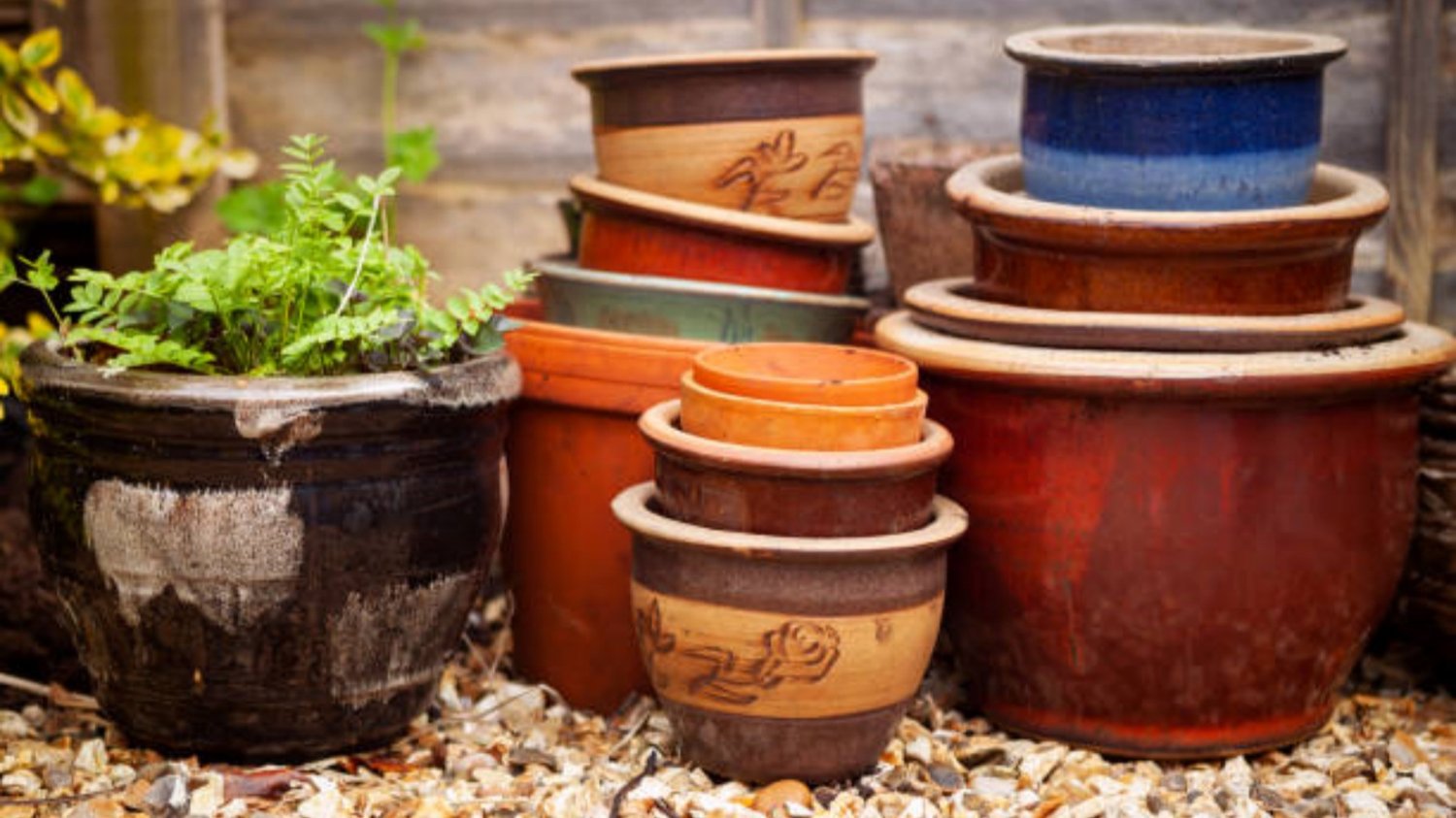Are ceramic pots better than plastic?
When it comes to choosing the right pots for your plants, there are several options available in the market. Ceramic pots and plastic pots are two popular choices among gardeners. Each type has its own set of advantages and disadvantages. In this article, we will explore the different aspects of ceramic pots and plastic pots to help you make an informed decision for your gardening needs.
1. Durability: Ceramic Pots
Ceramic pots are known for their durability. They are made from clay and fired at high temperatures, making them sturdy and long-lasting. Unlike plastic pots, ceramic pots do not degrade over time due to exposure to sunlight or extreme weather conditions. They can withstand harsh outdoor environments and are less likely to crack or break, making them a great choice for long-term use.
2. Lightweight and Portable: Plastic Pots
Plastic pots, on the other hand, are lightweight and highly portable. They are easy to move around, which is beneficial if you like to rearrange your plants frequently or if you have limited space. Plastic pots are also more convenient to handle, especially for individuals with physical limitations, as they are lighter compared to ceramic pots.
3. Insulation: Ceramic Pots
Ceramic pots provide better insulation for plant roots compared to plastic pots. The porous nature of the clay used in ceramic pots allows for better airflow and moisture regulation, preventing the roots from becoming too hot or waterlogged. This insulation is especially beneficial for plants that are sensitive to temperature fluctuations, ensuring their optimal growth and health.
4. Water Drainage: Plastic Pots
Plastic pots generally have better water drainage than ceramic pots. They usually come with drainage holes at the bottom, allowing excess water to escape easily. This feature is essential in preventing waterlogging, which can lead to root rot and other plant diseases. However, proper watering techniques can compensate for the lack of drainage in ceramic pots, making them suitable for plants that require less frequent watering.
5. Aesthetic Appeal: Ceramic Pots
If you are looking to add a touch of elegance to your garden or indoor space, ceramic pots are unrivaled in terms of aesthetic appeal. They come in various shapes, sizes, and designs, allowing you to choose the perfect pot that complements your plant's beauty. Ceramic pots can be considered as decorative pieces themselves, enhancing the overall visual appeal of your garden or interior space.
6. Cost-Effectiveness: Plastic Pots
When it comes to cost, plastic pots are generally more budget-friendly compared to ceramic pots. Plastic pots are mass-produced, which makes them more affordable for gardeners on a tight budget. They are easily available in garden centers and online stores at a fraction of the cost of ceramic pots. However, it is important to note that ceramic pots are a long-term investment due to their durability, which can offset the initial higher cost.
7. Root Protection: Ceramic Pots
Plants with sensitive roots, such as orchids, can benefit from the protection provided by ceramic pots. The thick walls of ceramic pots act as a barrier against temperature fluctuations, protecting delicate roots from extreme heat or cold. Additionally, ceramic pots are heavier compared to plastic pots, providing stability and preventing toppling, which can damage the roots of potted plants.
8. Environmental Impact: Ceramic Pots
When considering the environmental impact, ceramic pots are a more sustainable choice compared to plastic pots. Plastic pots are made from petroleum-based materials and are non-biodegradable. They contribute to plastic waste and can take hundreds of years to decompose. On the other hand, ceramic pots are made from natural materials and can be recycled or repurposed, reducing their impact on the environment.
9. UV Resistance: Plastic Pots
Plastic pots have better UV resistance compared to ceramic pots. Over time, ceramic pots may fade or discolor when exposed to direct sunlight for extended periods. Plastic pots, on the other hand, are less prone to fading and can retain their color and appearance for a longer time. However, this factor may not be a significant concern if you plan to keep your plants in shaded areas or indoors.
10. Versatility: Ceramic Pots
Ceramic pots offer versatility in terms of plant choices. The porous nature of ceramic allows for better aeration and moisture control, making them suitable for a wide range of plants, including those that prefer well-drained soil. Additionally, ceramic pots can be used both indoors and outdoors, adding flexibility to your gardening options.

